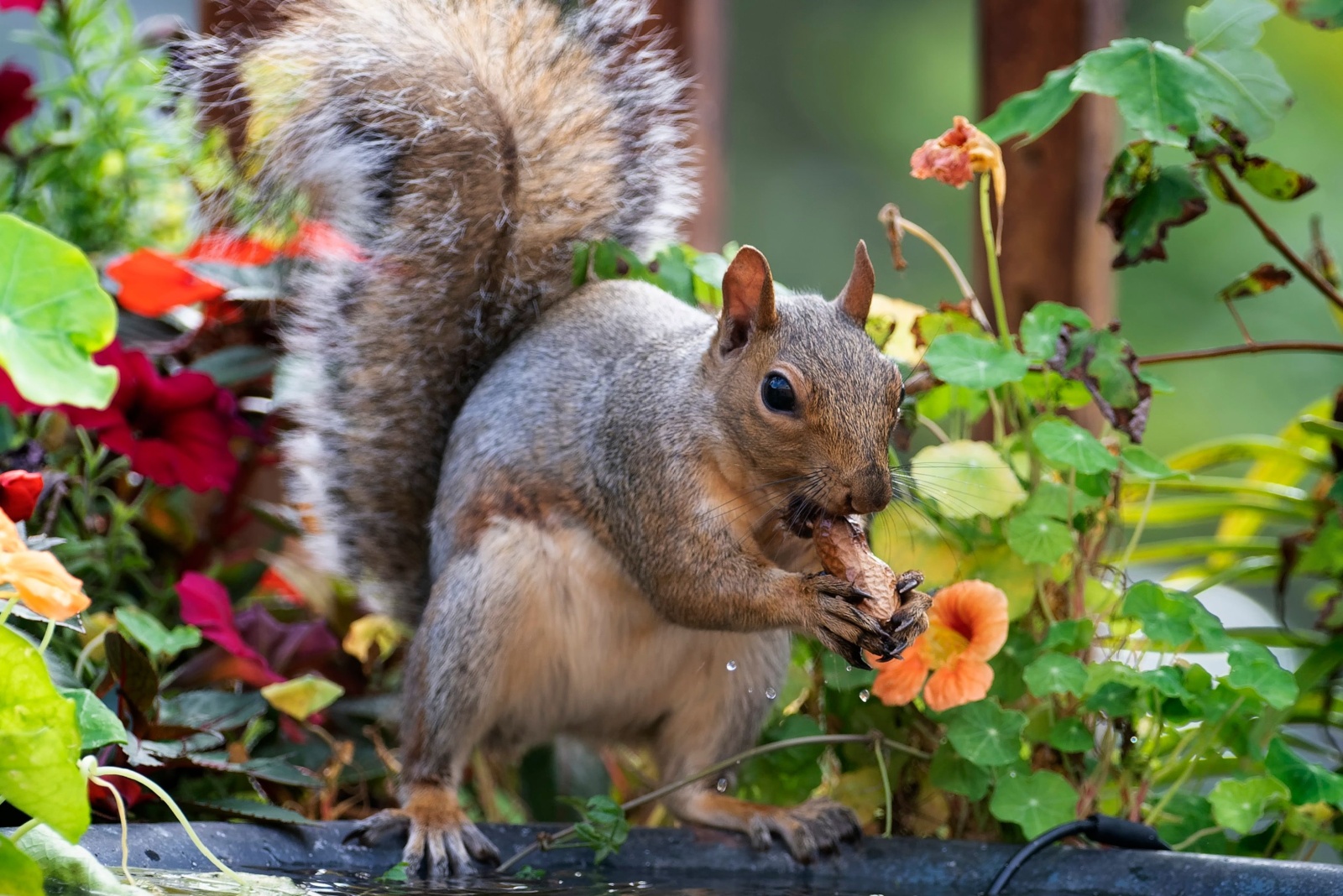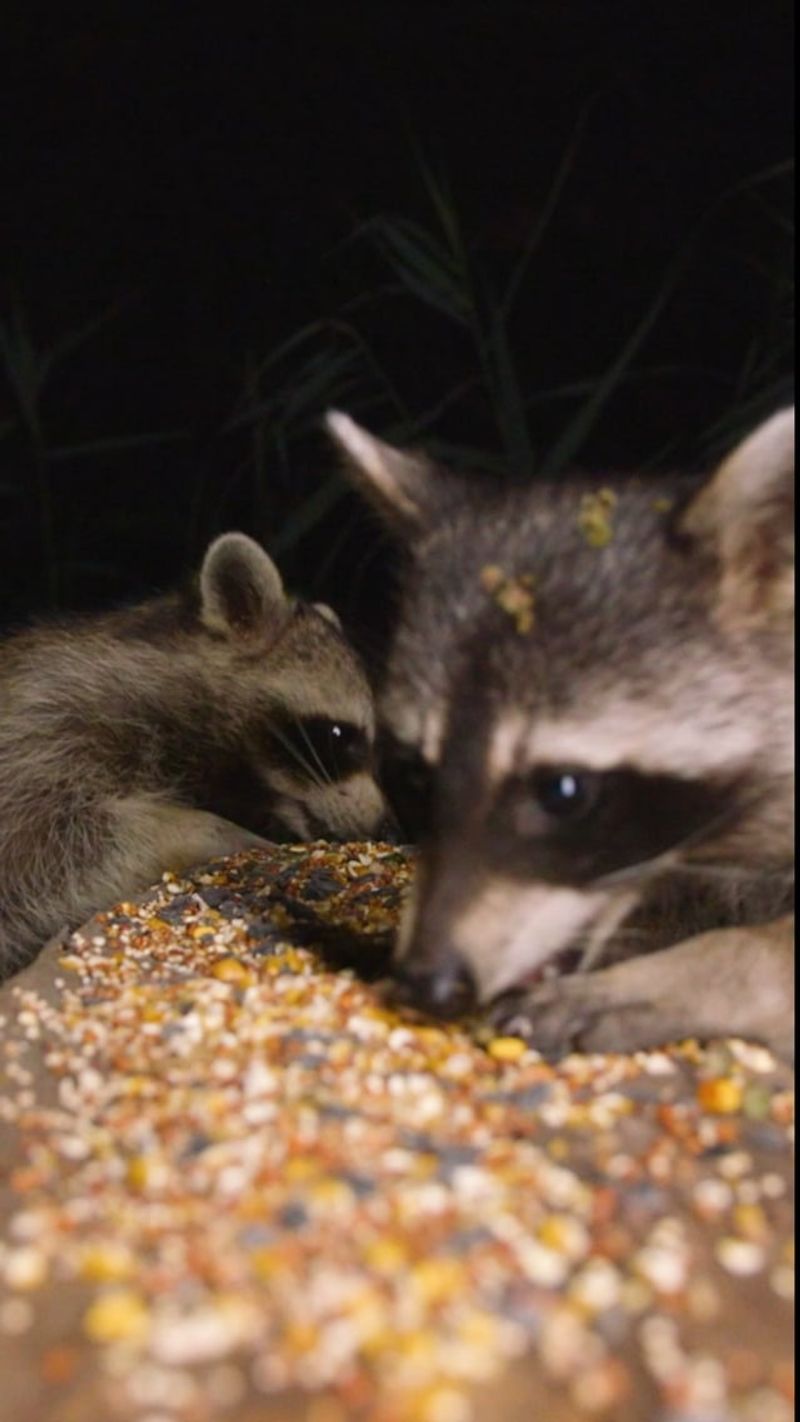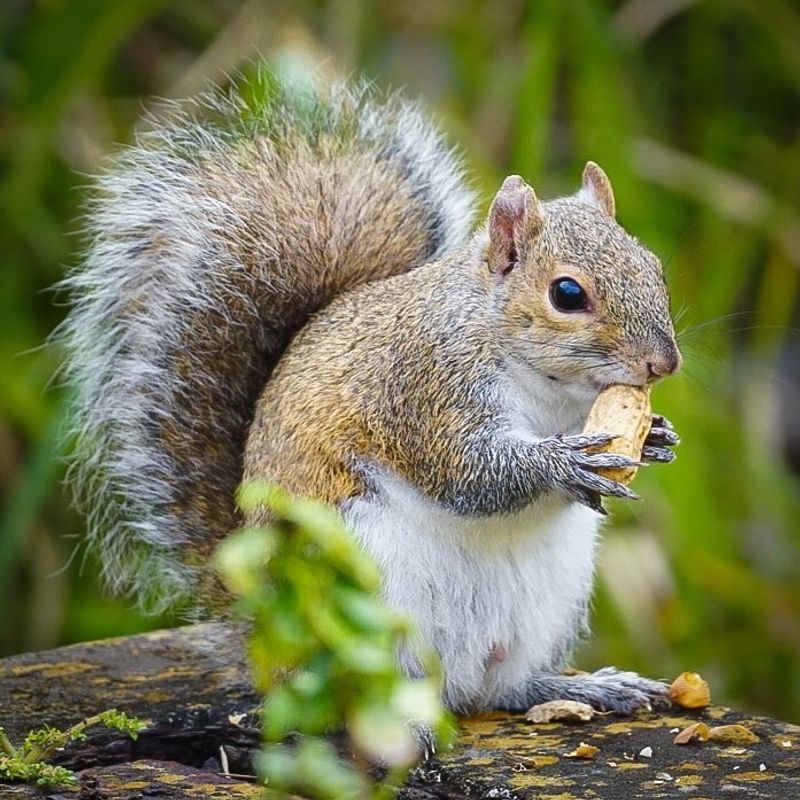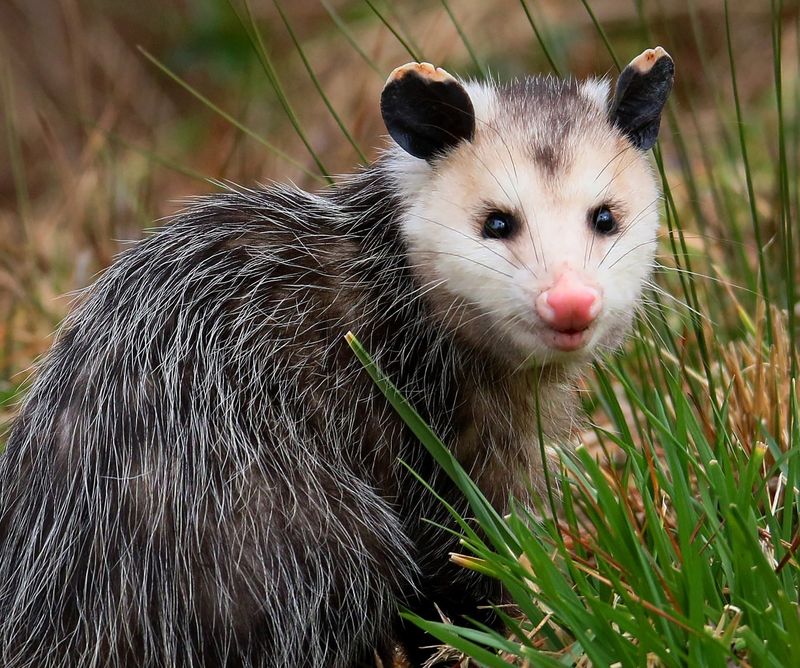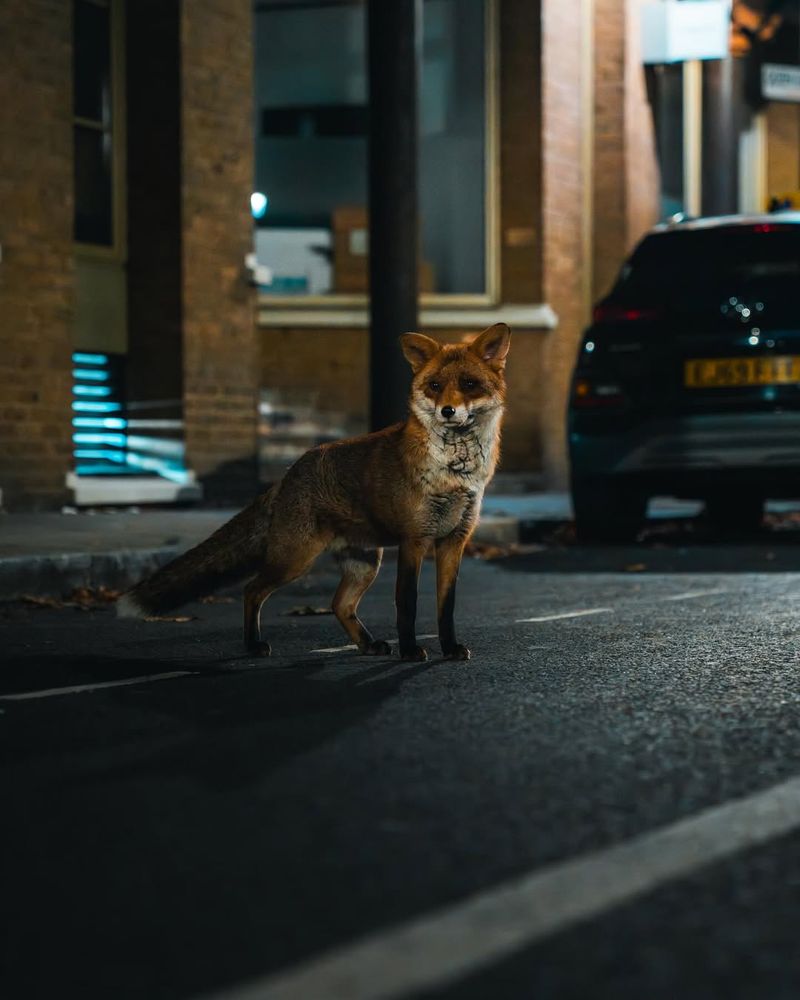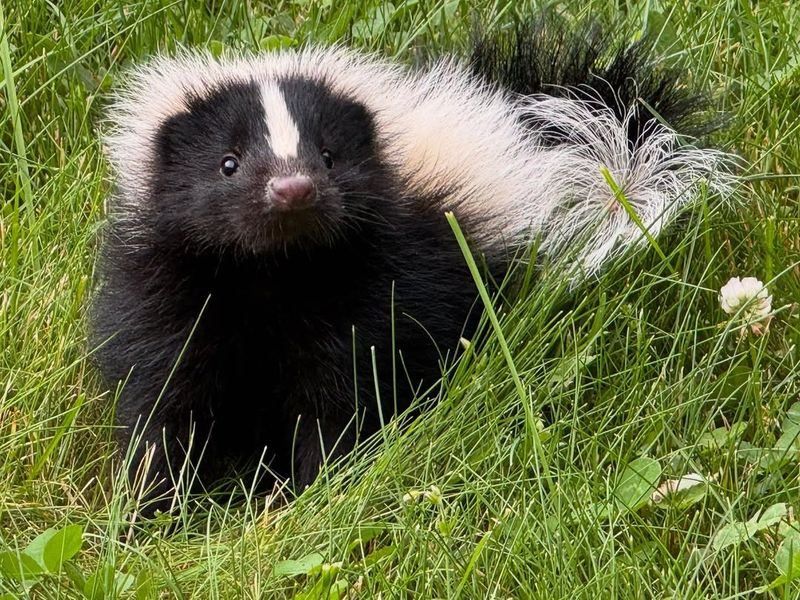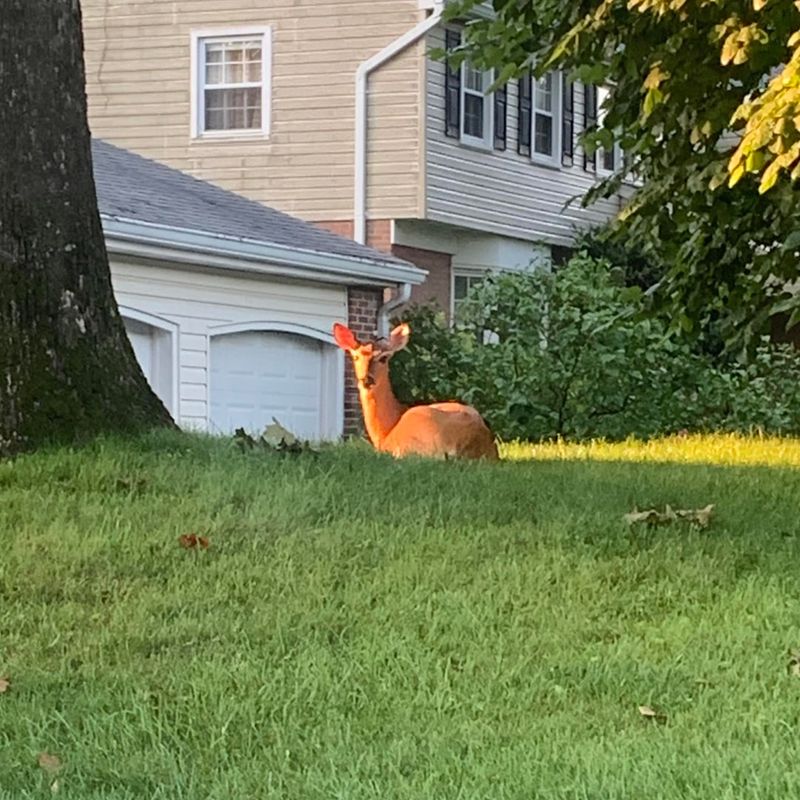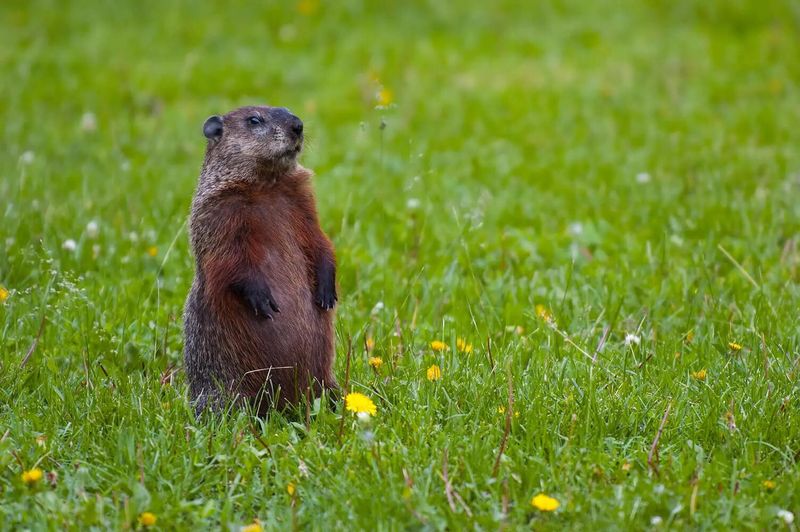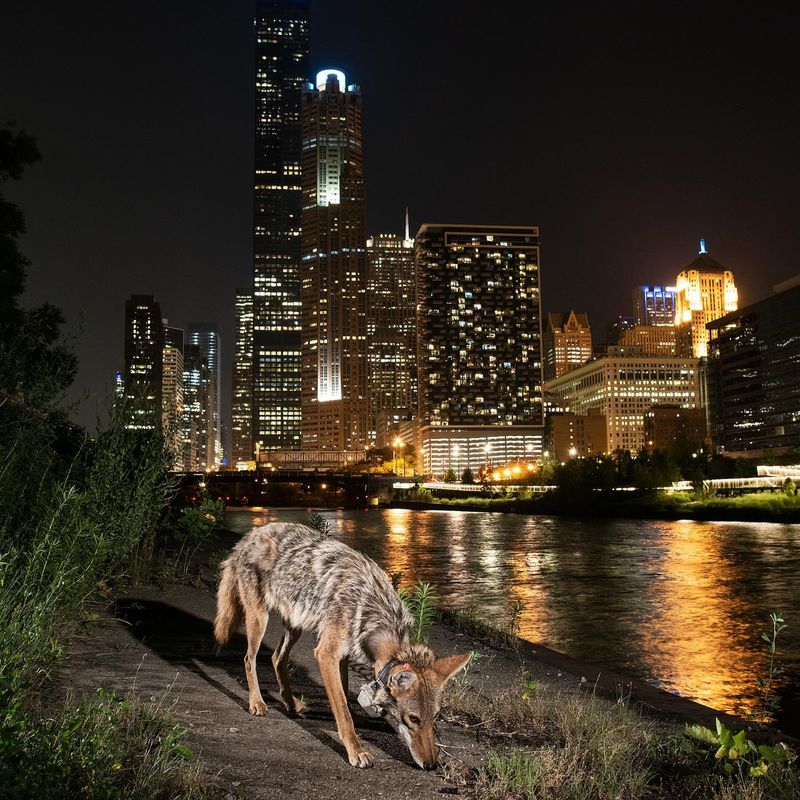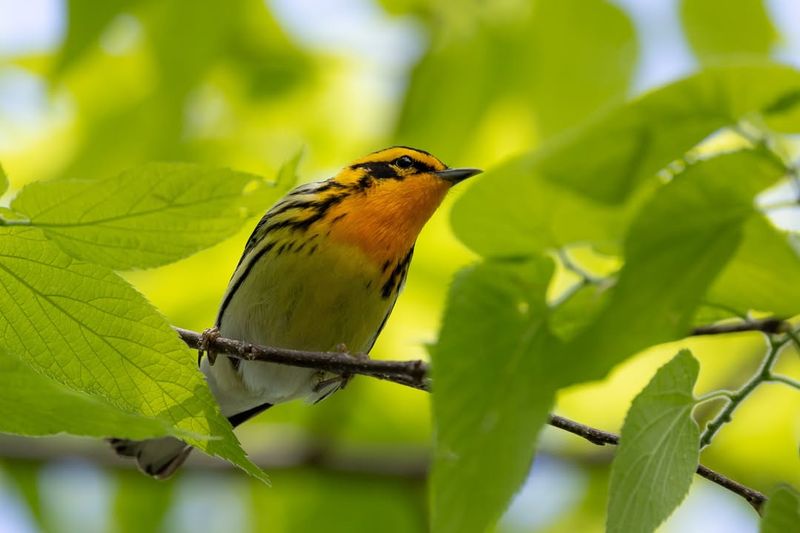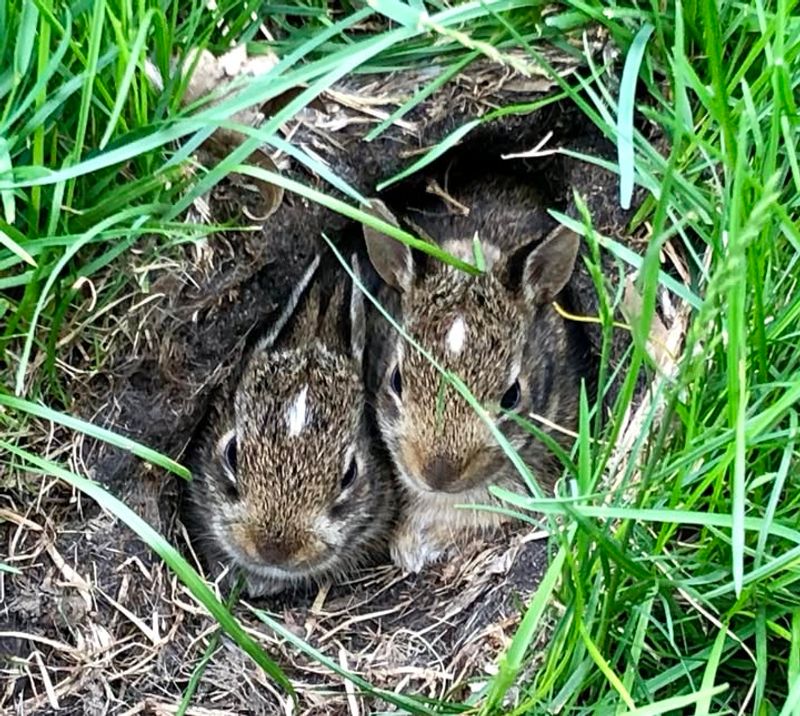Pennsylvania backyards aren’t just extensions of our homes—they’re gateways to the wild world around us. As our cities expand, wildlife adapts rather than disappears, creating fascinating urban ecosystems right outside our windows.
From nocturnal visitors to daytime regulars, these animals have found ways to thrive alongside us, often without us even noticing their clever adaptations to city life.
1. Raccoons Raiding Bird Feeders
Those masked bandits visiting after dark aren’t just passing through—they’ve made your neighborhood their permanent residence. With nimble fingers that can unlatch almost any container, raccoons view bird feeders as all-you-can-eat buffets.
In my Pennsylvania backyard, I’ve watched these clever creatures problem-solve their way through supposedly ‘raccoon-proof’ designs. They’re surprisingly adaptable, thriving on everything from discarded pizza to garden vegetables.
While fascinating to observe, remember they can carry diseases. Bringing pet food inside at night and securing garbage cans helps discourage unwanted midnight snacking sessions.
2. Squirrels Enjoying Backyard Nuts
Morning coffee by the window often comes with entertainment as these acrobatic rodents leap between trees and fences. Eastern gray squirrels are so common in Pennsylvania cities that we barely notice their remarkable adaptability anymore.
They’ve mastered urban living by creating multiple nests, memorizing hundreds of nut-hiding spots, and recognizing which humans might offer handouts. Their population has actually increased in suburban areas compared to forests.
For me, watching their strategic planning when burying acorns shows surprising intelligence. They’ll even pretend to bury nuts when they feel watched, creating decoy sites to fool potential thieves.
3. Opossums Searching For Shelter In Gardens
Despite their somewhat creepy appearance, these marsupials are garden superheroes. North America’s only pouched mammal consumes thousands of ticks annually, helping control Lyme disease spread throughout Pennsylvania communities.
Garden tools left out overnight or spaces beneath decks provide perfect daytime hiding spots. Their nocturnal wanderings often go unnoticed, but motion-sensor cameras reveal their regular routes through many urban yards.
Last summer, a mother opossum raised six babies under my shed. Rather than evicting them, I appreciated their pest control services—each can eat up to 5,000 ticks per season while also consuming rats, mice, and overripe fallen fruit.
4. Urban Foxes Navigating Residential Streets
Red foxes have adapted remarkably well to Pennsylvania’s urban environments, establishing territories that sometimes span just a few city blocks. Their distinctive yipping calls echo through neighborhoods on winter nights, often mistaken for cats or birds.
These intelligent predators help control rodent populations naturally. While walking my dog early one morning in Pittsburgh, I spotted a fox trotting confidently down the sidewalk before disappearing into a patch of ornamental grasses.
Urban foxes primarily hunt mice, voles and rabbits, though they’ll happily clean up fallen fruit or compost scraps. Unlike their rural cousins, city foxes have become more comfortable with human presence, sometimes denning beneath sheds or porches.
5. Skunks And Their Lawn Foraging
Before you smell them, you might notice small cone-shaped holes appearing across your lawn overnight. Striped skunks dig these distinctive divots while searching for grubs and insect larvae—actually providing free lawn aeration and pest control.
Pennsylvania neighborhoods with mature trees and established gardens often attract these black-and-white visitors. They’re surprisingly docile unless startled, preferring to waddle away rather than spray.
My neighbor’s motion-activated sprinkler system unexpectedly became the perfect skunk deterrent. The sudden spray startles without harming them, redirecting their nightly foraging route to yards offering easier access to tasty Japanese beetle larvae.
6. Deer Venturing Into Suburban Yards
White-tailed deer have mastered suburban living throughout Pennsylvania, treating neighborhood gardens like personal salad bars. Dawn and dusk bring these elegant browsers to feast on hostas, tulips, and ornamental shrubs that many gardeners planted specifically for their beauty.
Expanding development has actually increased deer populations in many areas by creating perfect edge habitats—wooded corridors connecting to open lawns and gardens. The absence of natural predators in these spaces allows deer to thrive.
After losing my entire hosta collection twice, I’ve switched to deer-resistant plants like foxglove and lavender. Sharing space with wildlife means adapting our gardening choices rather than fighting an unwinnable battle against these persistent herbivores.
7. Groundhogs Digging Around Flower Beds
Beyond their weather-predicting fame, these rotund rodents are master excavators creating extensive burrow systems throughout Pennsylvania neighborhoods. Also called woodchucks, they’re particularly fond of vegetable gardens, treating your carefully tended produce as their personal grocery store.
One groundhog can consume over a pound of vegetation daily during summer months when they’re building fat reserves for hibernation. The entrance to their burrows—often hidden near fences or structures—can be identified by large dirt mounds.
I’ve watched a groundhog in my backyard stand perfectly still for minutes, surveying for danger before darting out to munch clover. Their cautious nature makes them fascinating to observe from kitchen windows on summer afternoons.
8. Coyotes Roaming City Edges
The howling you hear isn’t just from neighborhood dogs—coyotes have successfully colonized Pennsylvania’s urban fringes. These adaptable predators navigate city parks, golf courses, and cemetery grounds, especially after sunset when human activity diminishes.
Urban coyotes typically appear leaner than their rural cousins, with territories spanning several neighborhoods. They primarily hunt rabbits, rodents, and other small mammals, helping maintain ecological balance in urban green spaces.
Walking through a Pittsburgh park at dusk last fall, I glimpsed a coyote silently watching from the tree line. Rather than fearsome, it seemed cautious and calculated—a reminder that wildness persists even within our most developed areas.
9. Various Songbirds In Urban Trees
Pennsylvania cities host surprising avian diversity beyond the familiar robins and cardinals. Northern mockingbirds perform impressive urban concerts, mimicking everything from car alarms to cell phone ringtones alongside natural bird calls.
Native trees and shrubs transform ordinary yards into bird sanctuaries. My small Pittsburgh property attracts chickadees, tufted titmice, and woodpeckers year-round simply because I’ve planted serviceberry and dogwood trees that provide natural food sources.
Migratory warblers pass through Pennsylvania cities each spring and fall, using urban green spaces as rest stops. Even a single native oak tree can host dozens of species, making backyard birdwatching an ever-changing experience through the seasons.
10. Rabbits Hiding Among Shrubs
Eastern cottontails have perfected the art of urban living, creating shallow depressions called “forms” beneath shrubs or tall grass. Despite their seemingly vulnerable nature, rabbit populations thrive throughout Pennsylvania cities and suburbs.
These quiet neighbors primarily feed at dawn and dusk, when they venture from protective cover to nibble lawns, clover, and unfortunately, prized garden plants. A single rabbit can produce multiple litters annually, with each containing 3-8 young.
The rabbit family residing beneath my arborvitae has developed a predictable routine—I know exactly when they’ll emerge each evening. Their presence has inspired me to plant extra lettuce rows specifically as a rabbit buffet, creating peaceful coexistence.

